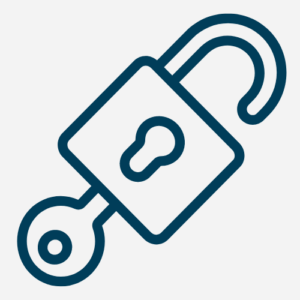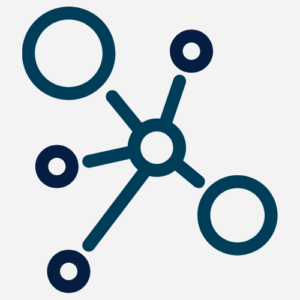Definitions
 Data Sharing and Access
Data Sharing and Access
The concept of data sharing is relatively straightforward: it is when data normally created in one business area or organisation moves to another. Data access is a form of data sharing where organisations contribute data to IT platforms, such as databases or modern cloud repositories. These platforms can then enable access to multiple others, removing the need for the source organisation to repeatedly share data themselves.
These could be single datasets or data assets that have been prepared by linking multiple datasets. This is how a lot of data sharing is done across government. Data sharing and data access often rely on organisations having a common purpose and arrangements, such as an agreement to share data. In this report, we use ‘data sharing and linkage’ to mean both data sharing and data access, except where we specifically refer to one or the other.
 Data Linkage
Data Linkage
Data linkage involves bringing together separate datasets by identifying and matching the same entity in each using unique identifiers and then combining different datasets into a single dataset. Data that are shared between organisations are often shared with the intention of linking them to further datasets to enhance or improve the data.
These new datasets can lead to new insights that weren’t previously possible. In good data linkage examples, documentation is created and maintained to explain any relevant methods and data sources used in the creation of the linked dataset. This documentation can also help users understand the linked dataset and use it effectively.
 Government
Government
Throughout our report, we use the term ‘government’ to refer to the UK Government and the devolved administrations of Wales, Scotland and Northern Ireland. Where we are referring to a specific administration, this is made clear.

